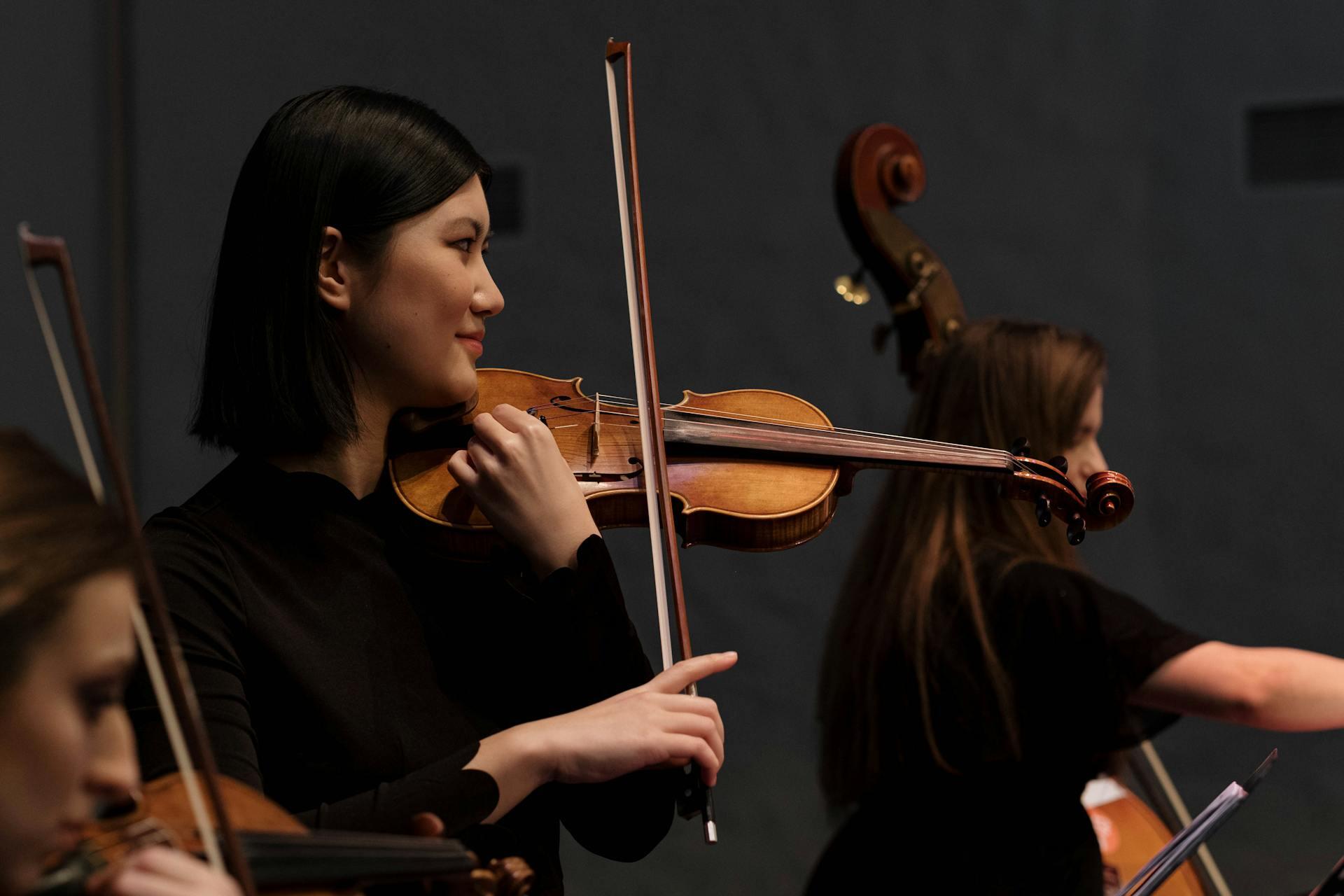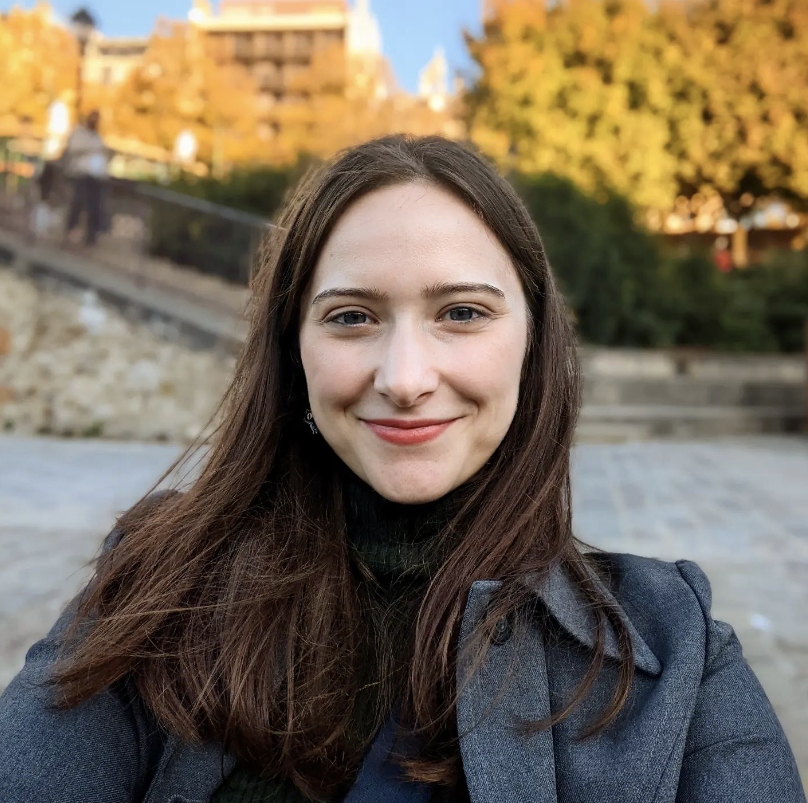Founded in 1900, the Philadelphia Orchestra is one of the most celebrated symphony orchestras in the world. Beyond impeccable performances, the Philadelphia Orchestra is also known for its groundbreaking contributions in film, activism, and cultural involvement. As a proud fixture in the community, the organization is well worth learning about and attending at least once.

The Rich History of the Philadelphia Orchestra
Today, the Philadelphia Orchestra is well known as one of the five greatest orchestras in the United States. How did it grow and build this reputation in the last 125 years? Discover the record of the organization and its many key figures.
years of music!
Founding and Early Years
Three main figures laid the groundwork required for the Philadelphia Orchestra’s birth: conductor Gustav Hinrichs, choral director Henry Gordon Thunder, and composer William Gilchrist. Together, they created the Philadelphia Symphony Society in 1893 and put together three amateur performances per year, performed at the Academy of Music.
In 1899, they hired Fritz Scheel to manage and conduct the ensemble, expanding its planned performances. The season was such a success that philanthropist Henry Whelen Jr. decided to fund a full-blown orchestra, with Scheel at the helm.
In November of 1900, the first performance was held, with such critical acclaim that the Philadelphia Orchestra Association was formed just 6 months later.
The Philadelphia Orchestra is known for its innovations in musical applications and technology since its foundation. Here are just a few of their contributions to progress: the first orchestra to use electrical technology for recording, the first orchestra to appear on national television, the first American orchestra to make a CD recording of the complete Beethoven symphonies, the first to appear in an IMAX film, and the first to livestream a concert
Scheel realized that sticking to in-town shows only would severely limit the group’s success and reputation, so he began taking the symphony to the surrounding areas within the first few years. His hard work paid off very quickly, with the orchestra playing at Carnegie Hall in 1902 and then at the White House in 1906. Scheel endeavored to recruit the best talent and secure the best guest artists, which, along with the high-profile shows, quickly rocketed the organization to fame. Sadly, he passed away unexpectedly in 1907; who knows how much more success he could have pursued if he had lived longer.
In these early years, more formative progress was made, such as the connection with Russian composer Sergei Rachmaninoff and the development of the iconic, warm “Philadelphia Sound.”

Historic Milestones
The Philadelphia Orchestra has a storied and exciting chronology, full of unexpected developments and connections. Truly, it’s been an innovative organization since the beginning! Here are some of the biggest moments in its past to mark the symphony’s evolution.
Discover the history of another fascinating American orchestra, the Los Angeles Philharmonic.
1900
The Philadelphia Orchestra Debuts
The very first show was played at the Academy of Music.
1902
The First Appearance at Carnegie Hall
Rapidly, the symphony advanced to the level where they could be invited to the prestigious concert venue.
1906
White House Performance for President Theodore Roosevelt
Even more impressive, the orchestra earned a presidential reputation after just 6 years.
1916
The American Premiere of Mahler’s Eighth Symphony
The most substantial undertaking of the orchestra at that time, the composition required three choruses (for a total of 950 voices), 110 players in the orchestra, and eight soloists. They performed the concert thrice, all well-received, and elevated the organization to new heights.
1921
The First Children’s Concerts
Music director Stokowski developed community-oriented programs to expose children to classical music. The tradition survives today with the Orchestra’s Family Concerts and Sound All Around programs.
1925
The First Recordings Begin
Stokowski initiated a long tradition of recording compositions on records, spreading the orchestra’s popularity far and wide.
1930
The First Concerts in the Park Are Held
Another continuing tradition, the first outdoor shows were held at the Robin Hood Dell. Today, they’re located at the Mann Center for the Performing Arts.
1937
The Orchestra Meets the Big Screen
Stokowski manages to secure the orchestra for the soundtracks for “The Big Broadcast of 1937” and “One Hundred Men and a Girl.”
1939
History is Made with Disney
Again, Stokowski managed to bring together his beloved orchestra and his love of film. In this year, he secured the Philadelphia Orchestra as the live-action stars for the groundbreaking animated film, “Fantasia.”
1948
The Orchestra Meets the Small Screen
It’s the first orchestra to appear on nationwide television.
1949
International Performances
Music director Ormandy leads the orchestra on its first tour in the United Kingdom.
1966
Saratoga Springs
The orchestra inaugurates the Saratoga Performing Arts Center in New York, which was built specifically for the group, plus the New York City Ballet.
1973
The Orchestra Goes to China
The first American orchestra to play in the People’s Republic.
1991
Tribute to Martin Luther King, Jr.
With famed conductor Riccardo Muti and narrator Julius Erving, the orchestra performed at the first annual MLK Tribute Concert.
1993
Symphony at the World Series
The Philadelphia Orchestra is the first philharmonic to perform at the Fall Classic.
2001
Benefit for Victims of September 11th
The orchestra arranged a benefit concert for the victims and their families.
2001
A New Venue
After 101 years, the orchestra moved to the Kimmel Center for the Performing Arts, where it still resides today.
2007
The First Annual Vail Residency
From this year onward, the orchestra participates in the annual Bravo! Vail Music Festival in Colorado.
2011
Chapter 11 Bankruptcy
Supporting music is important, since even the biggest organizations can struggle with finances. This was the first instance of a major US orchestra filing for bankruptcy, although several other smaller groups across the country closed around the same time. It was sorted out in 2012, not without difficulty and struggle to meet the musicians’ demands.
2015
Papal Performance
During Pope Francis’s visit to Philly, the orchestra performed along with artists Aretha Franklin, Andrea Bocelli, and Juanes, as well as the Philadelphia Heritage Chorale and the archdiocesan choirs.
2020
Innovative Livestreams
To keep the music alive during the pandemic, the orchestra arranges state-of-the-art livestreams and video series.
2022
Tribute to Queen Elizabeth II
With just hours of preparation, the orchestra performs “God Save the Queen” and Elgar’s “Nimrod” for their scheduled BBC Proms performance instead of the planned compositions.
2024
Concert Hall Dedication
The Orchestra rededicated its concert auditorium as Marian Anderson Hall in honor of the singer and civil rights activist from Philadelphia.
Notable Music Directors
The music director of an orchestra is the mastermind behind the organization’s artistic path, community involvement, and concert schedule. They shape the instrumentalists and choose the repertoire to achieve their musical goals as the lead conductor. The Philadelphia Orchestra has had only eight music directors in its past, fewer than many other comparable organizations, especially for its age.
Each music director’s era has contributed to the trajectory of the orchestra in terms of quality and reputation. Here’s a breakdown of how the various maestros of the philharmonic have influenced the ensemble.
Fritz Scheel: 1900-1907
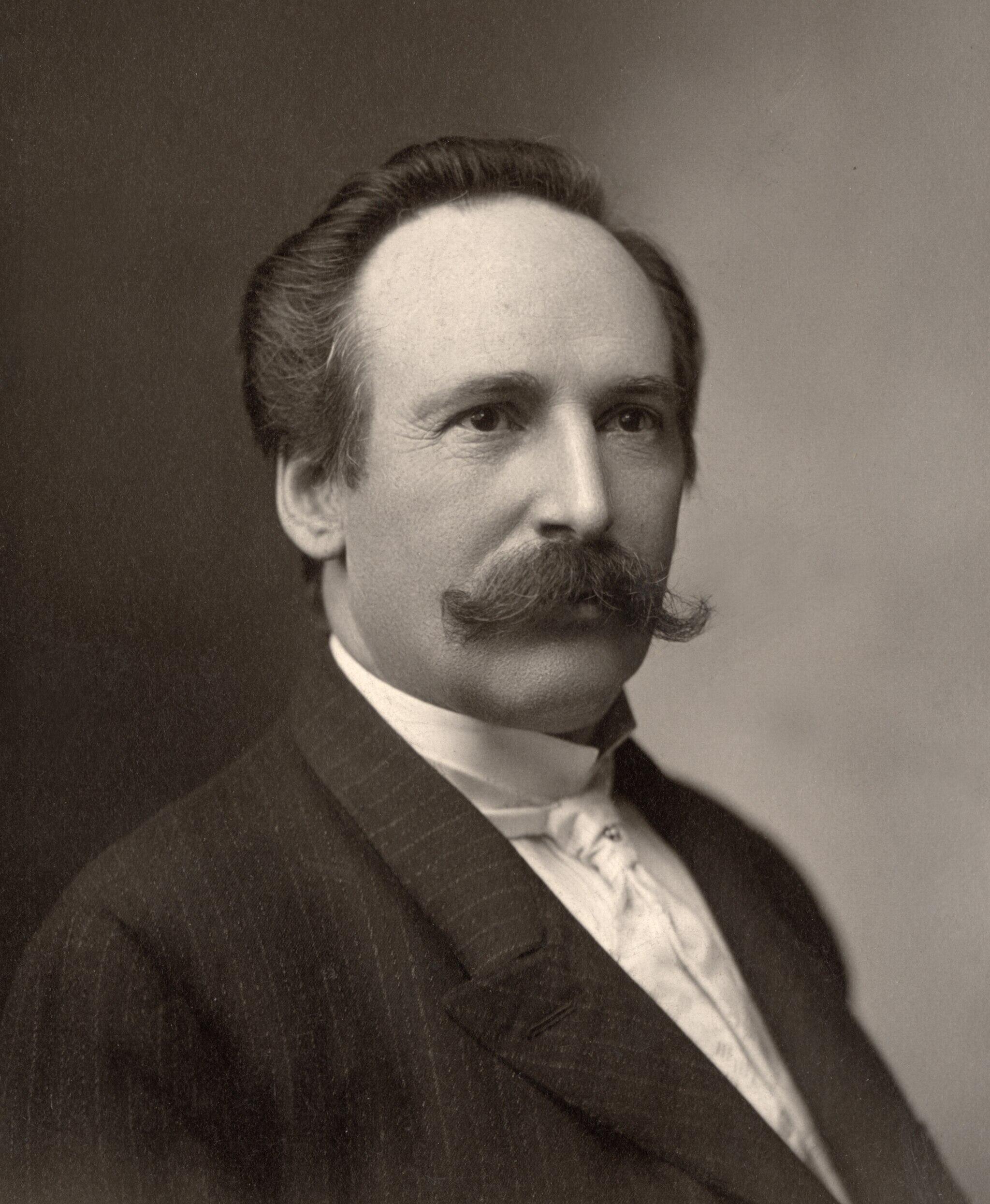
Although his tenure was short-lived due to his untimely death, Scheel worked very hard in the first few years to set the orchestra up for continued success.
The German conductor was very particular, insisting on speaking German even in rehearsals.
He replaced half the orchestra with European players, preferring their “more traditional” tutelage.
Although strict, his dedication to building a strong musical group was fruitful.
Carl Pohlig: 1907-1912
Pohlig’s tenure was short-lived due to professional and personality conflicts between him and the other members of the ensemble and management. However, in his tenure, he also expanded the orchestra to 80 players and initiated an important relationship with Sergei Rachmaninoff. Rachmaninoff would go on to compose and premiere five major works with the orchestra before his death. He called the Philadelphia Orchestra the “greatest in the world,” stating that their sound exactly matched what he heard in his head.
Leopold Stokowski: 1912-1941
One of the most famed conductors in history, Stokowski molded the orchestra’s playing style to achieve the “Philadelphia Sound.” The Sound was hallmarked by intentional looseness in instrumentation, rather than severe, synchronized precision as was typical in an orchestra. Though unconventional, the result was a warmer, overlapping, continuous sound, which piqued the interest of many melophiles and composers.
As mentioned in the timeline above, Stokowski was responsible for expanding the orchestra’s cultural influence through major performances and unique film appearances, like “Fantasia.”
He also implemented the children’s shows and initiated a 30-year relationship with the Victor Talking Machine Company and RCA, making records for distribution.
Bringing the orchestra to new media and using it in new ways helped break down barriers between classical music and new audiences.
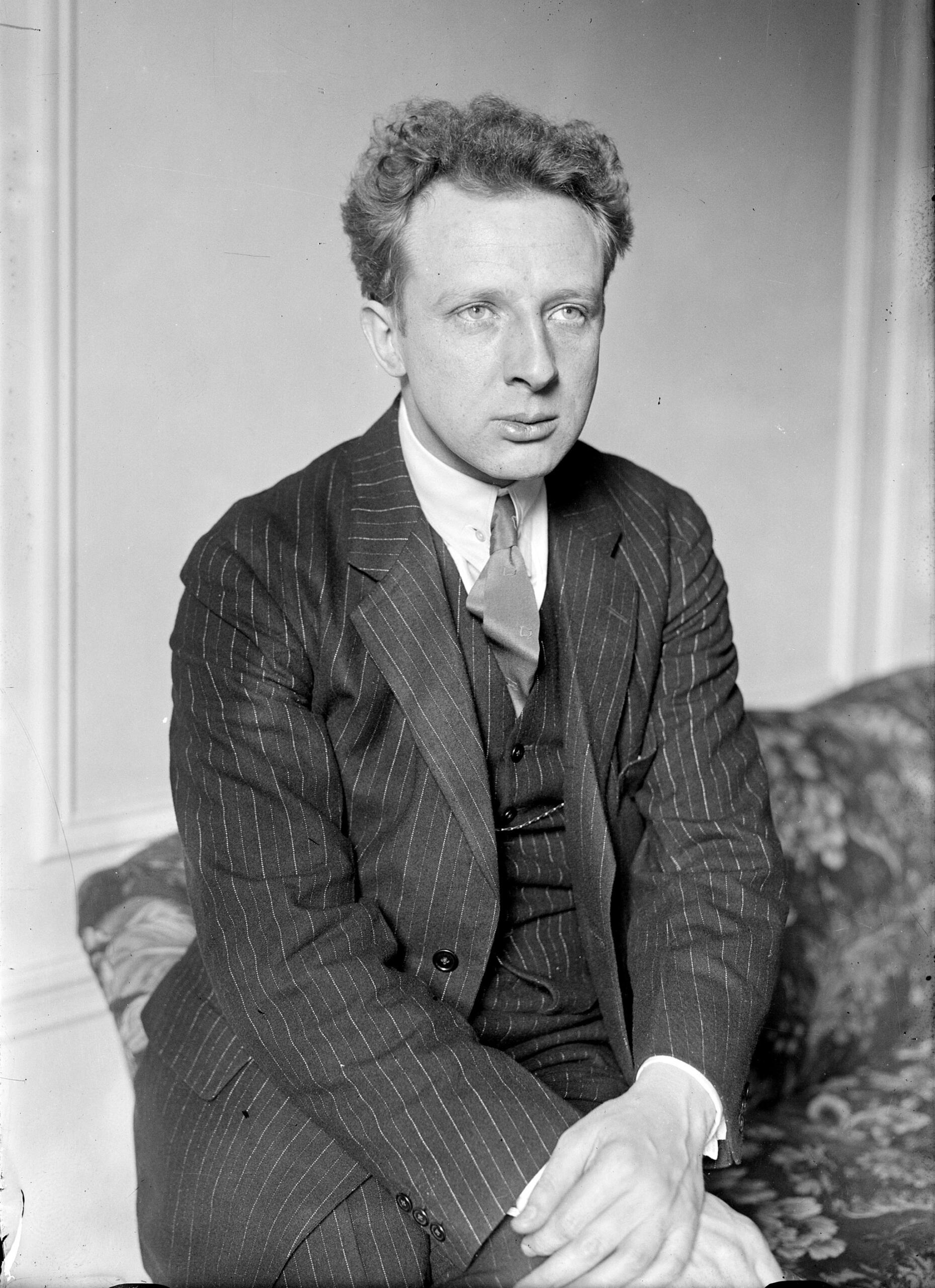
Eugene Ormandy: 1936-1980
Ormandy and Stokowski shared principal conducting duties for a few years, making a slow handoff in leadership. He continued to build what Stokowski founded, choosing musicians who suited the Sound and purchasing the best instruments for the job. Ormandy led the group on its first international tours, further establishing it as a world-renowned philharmonic. His 44-year tenure is one of the longest of any musical director in America.
Riccardo Muti: 1980-1992
Muti departed from the “Philadelphia Sound,” instead opting to stay true to the original composer’s intentions. This controversial move was lauded by some, detested by others. While the orchestra was still playing very well, its unique and distinct personality had been removed. He would go on to fit better in the Chicago Symphony Orchestra.
Florence Price (1887-1953) was an American composer who created more than 300 works in her lifetime. She is the first African-American woman to be recognized as a symphonic composer, and in 1932, was the first to have her work played by a professional orchestra (The Chicago Symphony Orchestra). Her works have been severely under-appreciated, so Nézet-Séguin’s has decided to put her works in the spotlight.
Wolfgang Sawallisch: 1993-2003
Sawallisch brought back The Sound, and under his leadership, the orchestra continued to nurture its unique quality and culture. The maestro brought the organization on more world tours. He was responsible for hiring many new musicians as the veteran instrumentalists retired. During his tenure, the group debuted at the Kimmel, which improved the sound quality substantially.
Christoph Eschenbach: 2003-2008
Eschenbach sought to make music even more accessible, creating an initiative called “Raise the Invisible Curtain,” where he would meet directly with music students and community members to help them feel less intimidated by classical music. He expanded the orchestra’s repertoire of contemporary music and secured substantial funds for the group. However, he resigned from his post early due to conflicting artistic styles between himself and the instrumentalists.
Yannick Nézet-Séguin: 2012-Present
The current and beloved music director, Nézet-Séguin, has helped invigorate the orchestra, including recording works from often-overlooked composers. The group’s recording of Florence Price's Symphonies Nos. 1 and 3. earned them the 2022 Grammy for Best Orchestral Performance - their first Grammy Award. Critics hail Nézet-Séguin, claiming the orchestra has reached a peak under his baton.
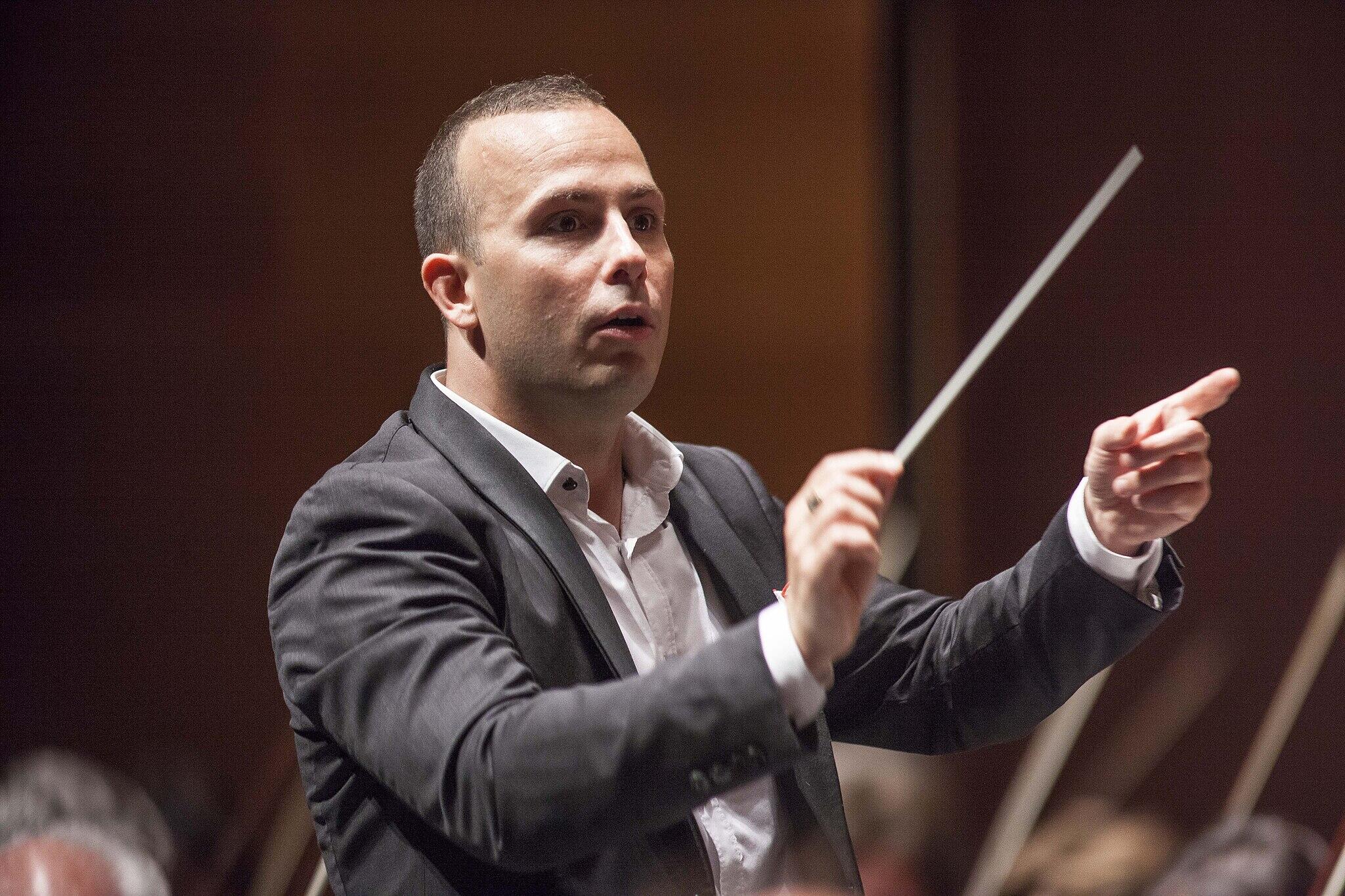
Performance Venues for the Philadelphia Orchestra
The orchestra’s first home was the Academy of Music, where they played from their first performance in 1900 until 2001. The Academy is still owned by the orchestra, and they host special events like the Academy Ball there annually.
The orchestra’s current permanent home is Marian Anderson Hall in the Kimmel complex. The theater was rededicated to Anderson in 2024.
Additionally, the Philadelphia Orchestra annually performs at the Saratoga Performing Arts Center for its summer residency, as they have since 1966. They also visit the Mann Center for the Performing Arts, putting on community shows since 1976. The shows were held at the Robin Hood Dell previously
When traveling, the organization is known for its regular appearances at Carnegie Hall and the Bravo! Vail Valley Festival.
Learn more about another Carnegie Hall alumnus, the Cleveland Orchestra.
The Philadelphia Orchestra is very active in the community. They have many programs aimed at making classical music more interesting and accessible for all ages. Learn more about these initiatives to find out what opportunities you can explore with your visit to the Philadelphia Orchestra!
Programs: Sound All Around, Family Concerts, School Concerts, free tickets for employees in the Philadelphia School District, HEAR, PlayINs, PopUP, side-by-sides, School Ensemble Program, and sensory-friendly performances.
Upcoming Concerts and Events
The 2025-2026 season is special: the orchestra is celebrating its 125th anniversary! It’s also America’s 250th birthday, which is especially special for historic Philadelphia.
The opening night celebration on September 25, 2025, featured appearances by musicians like Yuja Wang, Seong-Jin Cho, Yunchan Lim, and Haochen Zhang.
Highly anticipated performances in the rest of the season include:
- Nézet-Séguin leading the premiere of Tyshawn Sorey’s Piano Concerto with Aaron Diehl.
- World premieres from Wynton Marsalis, Du Yun, Julia Wolfe, and John Adams.
- More works by underrepresented composers and modern artists.
- A series of Film Concerts, combining audio and visual art.
- One-night-only performances from Yo-Yo Ma, Lang Lang, Hilary Hahn, and Víkingur Ólaffson.
Here is a more complete look at the upcoming few months.
| Date | Venue | Description | Cost |
|---|---|---|---|
| 10/30 - 11/2/2025 | Marian Anderson Hall | Emanuel Ax Plays Beethoven | $29-$228 |
| 11/4/2025 | UNC Memorial Hall, Chapel Hill, NC | The Philadelphia Orchestra with Yannick Nézet-Séguin ft Emanuel Ax | $49-$129 |
| 11/5/2025 | UNC Memorial Hall, Chapel Hill, NC | The Philadelphia Orchestra with Yannick Nézet-Séguin | $49-$129 |
| 11/13 - 11/14/2025 | Marian Anderson Hall | Joe Hisaishi Returns | $110-$289 |
| 11/29 - 11/30/2025 | Marian Anderson Hall | Yannick Leads Sibelius | $29-$228 |
| 12/5 - 12/7/2025 | Marian Anderson Hall | Film and Concert: "The Lord of the Rings" | $98-$218 |
| 12/12 - 12/14/2025 | Marian Anderson Hall | Handel's Messiah | $65-$229 |
| 12/18 - 12/20/2025 | Marian Anderson Hall | The Glorious Sound of Christmas | $51-$148 |
| 12/20/2025 | Marian Anderson Hall | Family Discovery Series: Children's Holiday Spectacular | $35-$72 |
| 12/31/2025 | Marian Anderson Hall | New Year's Eve Celebration | $57-$175 |
| 1/2 - 1/4/2026 | Marian Anderson Hall | Film and Concert: "Fantasia" | $43-138 |
| 1/9 - 1/1/2026 | Marian Anderson Hall | Mahler's Symphony No. 4 | $65-$229 |
| 1/14/2026 | Marian Anderson Hall | Yo-Yo Ma Returns | $155-$343 |
| 1/15/2026 | Marian Anderson Hall | Happy Hour Concert: Italian Getaway | $29-$101 |
| 1/16 - 1/17/2026 | Marian Anderson Hall | Mendelssohn's "Italian" Symphony | $65-$229 |
| 1/22 - 1/24/2026 | Marian Anderson Hall | Musorgsky’s Pictures from an Exhibition | $65-$229 |
| 1/28/2026 | Marian Anderson Hall | Lunar New Year Celebration | $32-$53 |
| 1/31 - 2/1/2026 | Marian Anderson Hall | Stravinsky’s The Rite of Spring | $76-$251 |
Seeing a show is an experience that will stay with you for years. Experience Nézet-Séguin in one of his many appearances, from September to April and beyond.
Ready to visit the philharmonic yourself? Simply search through the calendar on the orchestra’s official website, find the show you’re interested in this season, and select your tickets. The theater is waiting for your attendance!

